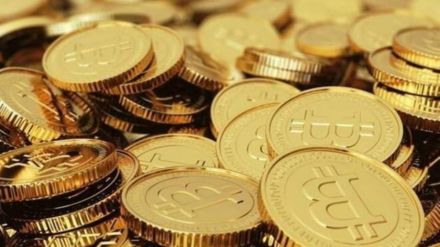The DeFi market cap slightly decreased from $150 to $141 billion at the end of Q1, 2022, as per a report by CoinGecko. These levels were last seen in mid-October of last year, before the Q4 2021 run-up. “This is a stark contrast compared to the previous quarter, which saw a 29% increase to $150 billion at the end of 2021,” the report said.
Data from the report showed that some of the biggest gainers in the DeFi segment were multichain bridges and decentralised perpetuals, while rebase tokens such as the Olympus DAO and its various forks “seems to have lost much of its former glory.”
For Q1, CY 2022, the multi-chain total value locked (TVL) of DeFi decreased overall by nine percent to $177 billion, and Ethereum’s share of TVL went down to 54% from 61% in December 2021. While Binance Smart Chain (BSC) is still the dominant ethereum virtual machine (EVM) network, Avalanche token also rose in value due to the release of subnets and the Avalanche Summit. Other EVM chains also retained their market share.
Cryptocurrency tokens such as Terra continued its momentum into 2022 as its share of overall TVL increased to 10%, while Solana saw a decline. The report stated that DeFichain’s TVL crossed the $1 billion mark, especially as DeFi for bitcoin has started to gain more traction.
Insights from the report showed that decentralised exchanges, oracles and lending platforms continued to dominate DeFi. While each sector experienced a 17% decrease in market cap for Q1, CY 2022, they accounted for more than 80% of the total DeFi market cap. Even as Yield aggregators gained in 2021, they faced a decrease in their market cap by 25% or $1.2 billion for Q1 of CY 2022.
Protocols such as derivatives and asset management saw an increase in market cap, with the latter doubling their market cap compared to the previous quarter, though their share of market remains small. Decentralised tokens including GMX and Tenset were some of the largest gainers.
(With insights from the CoinGecko Report, 2022)
